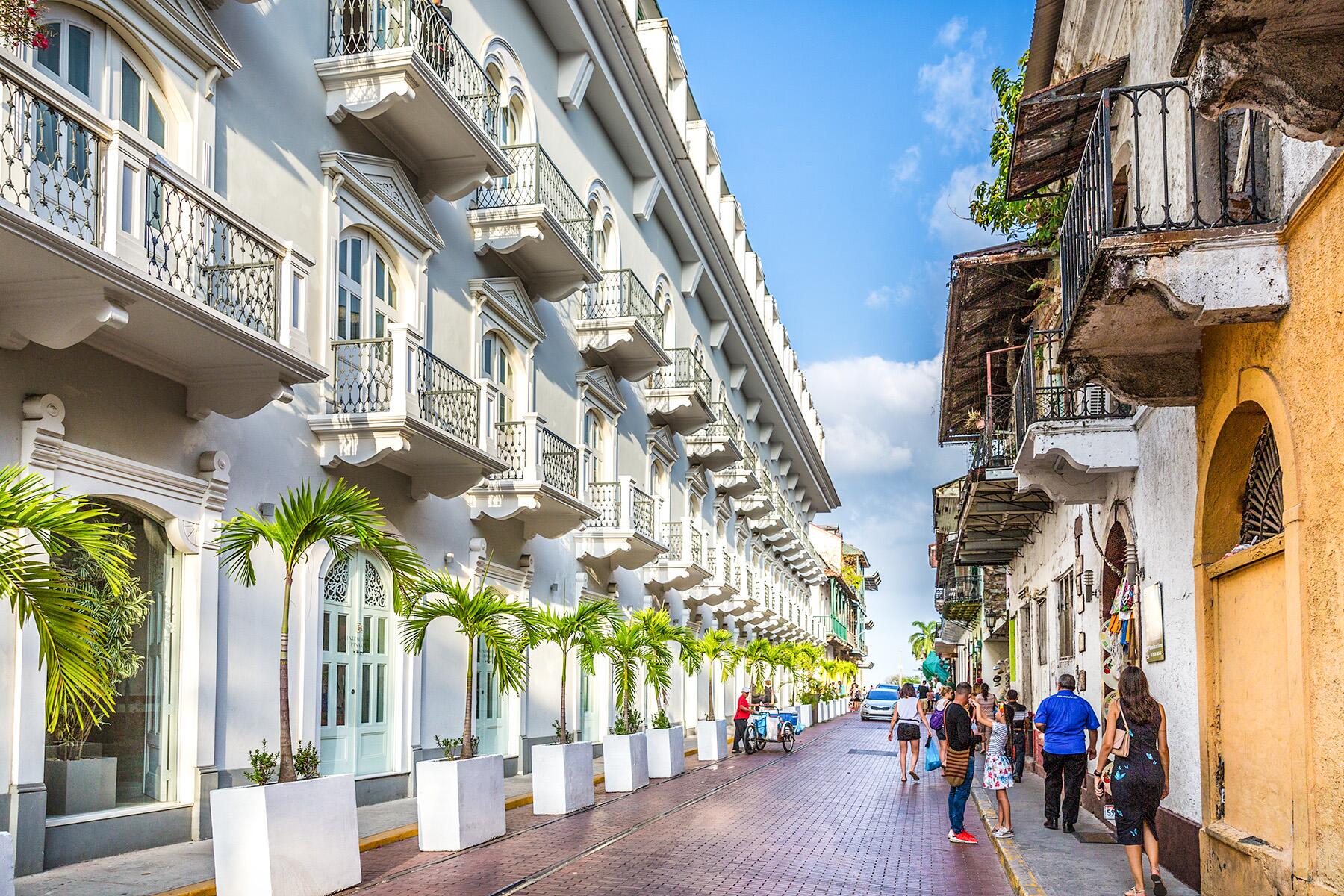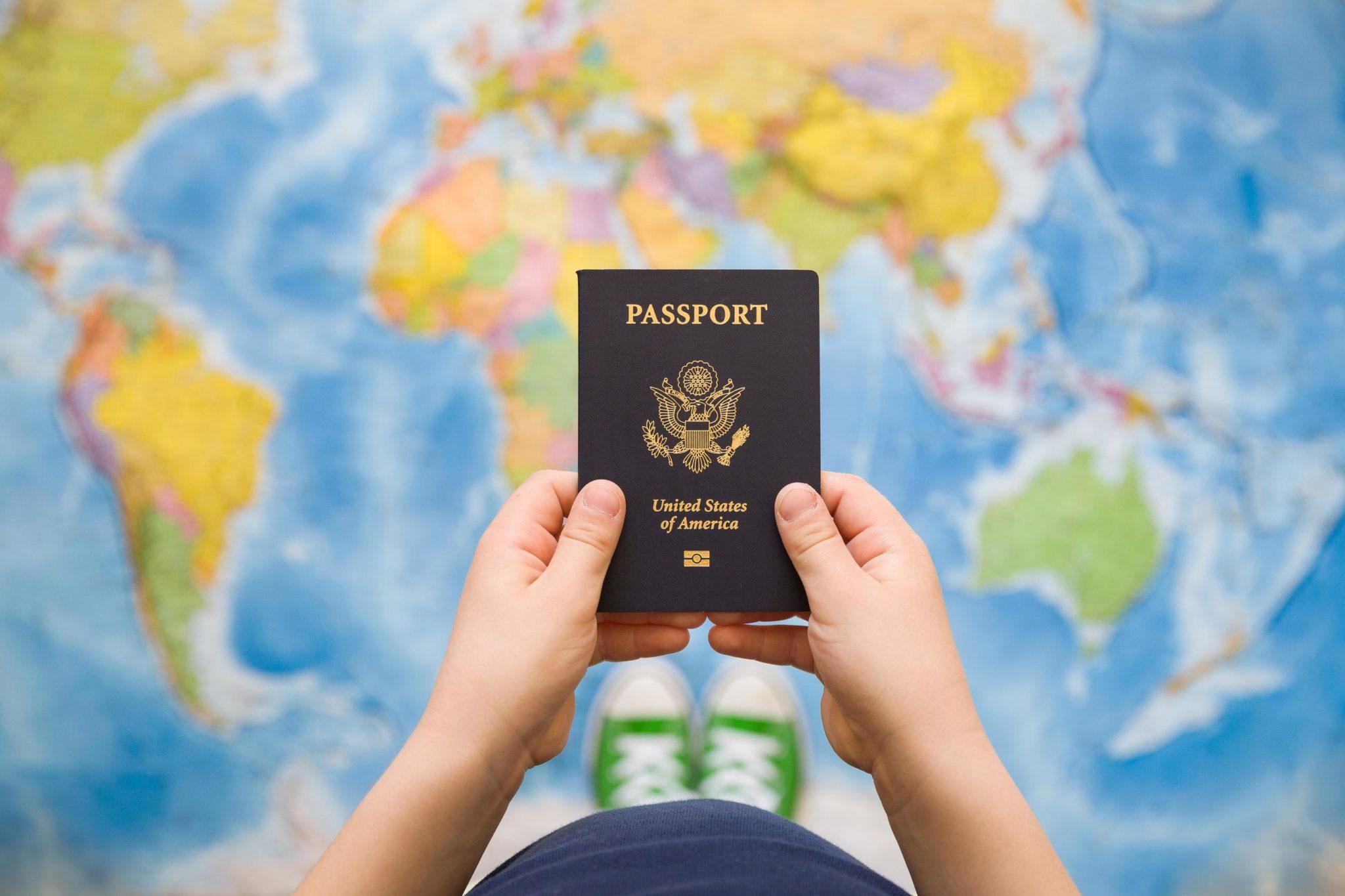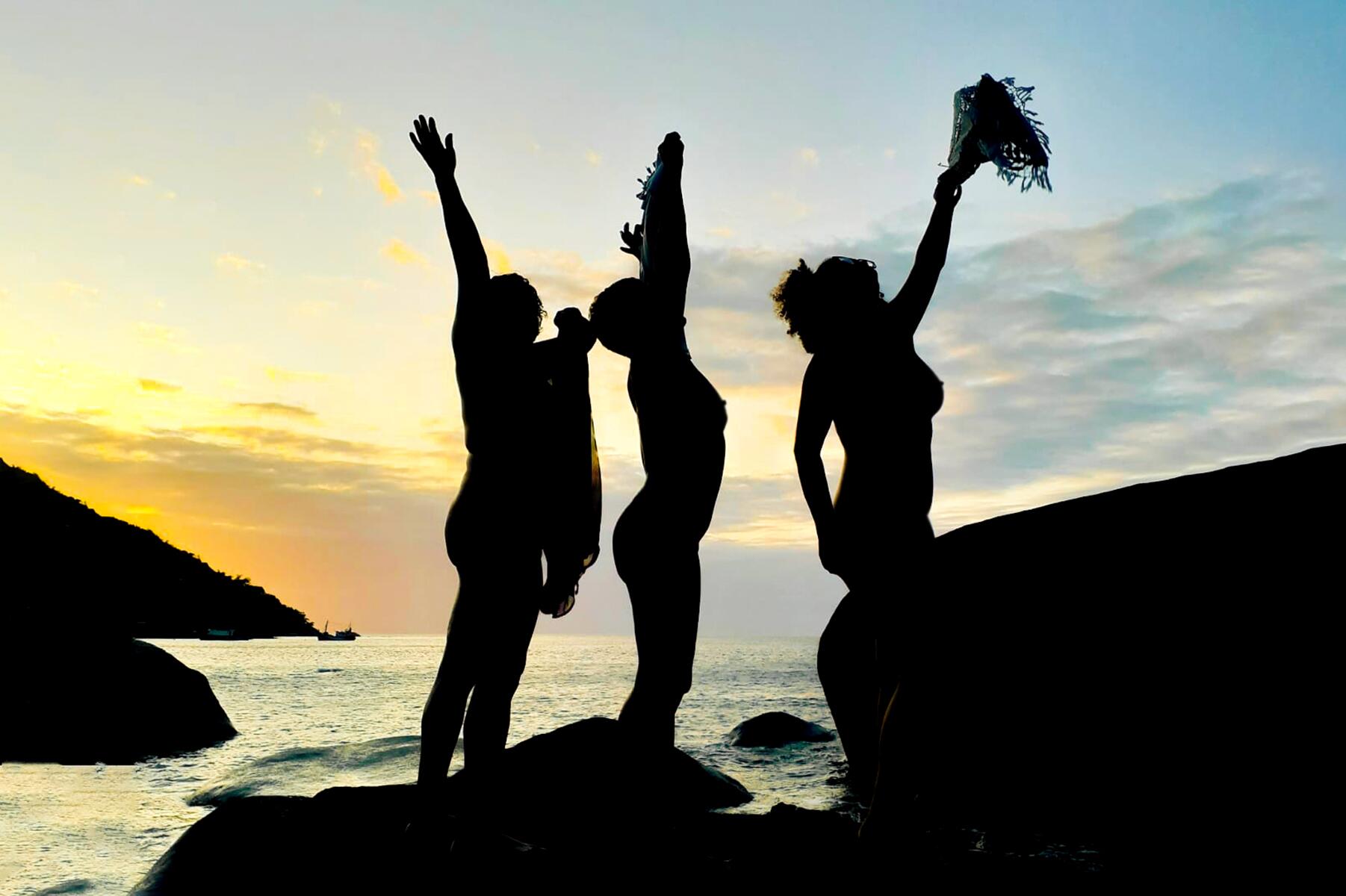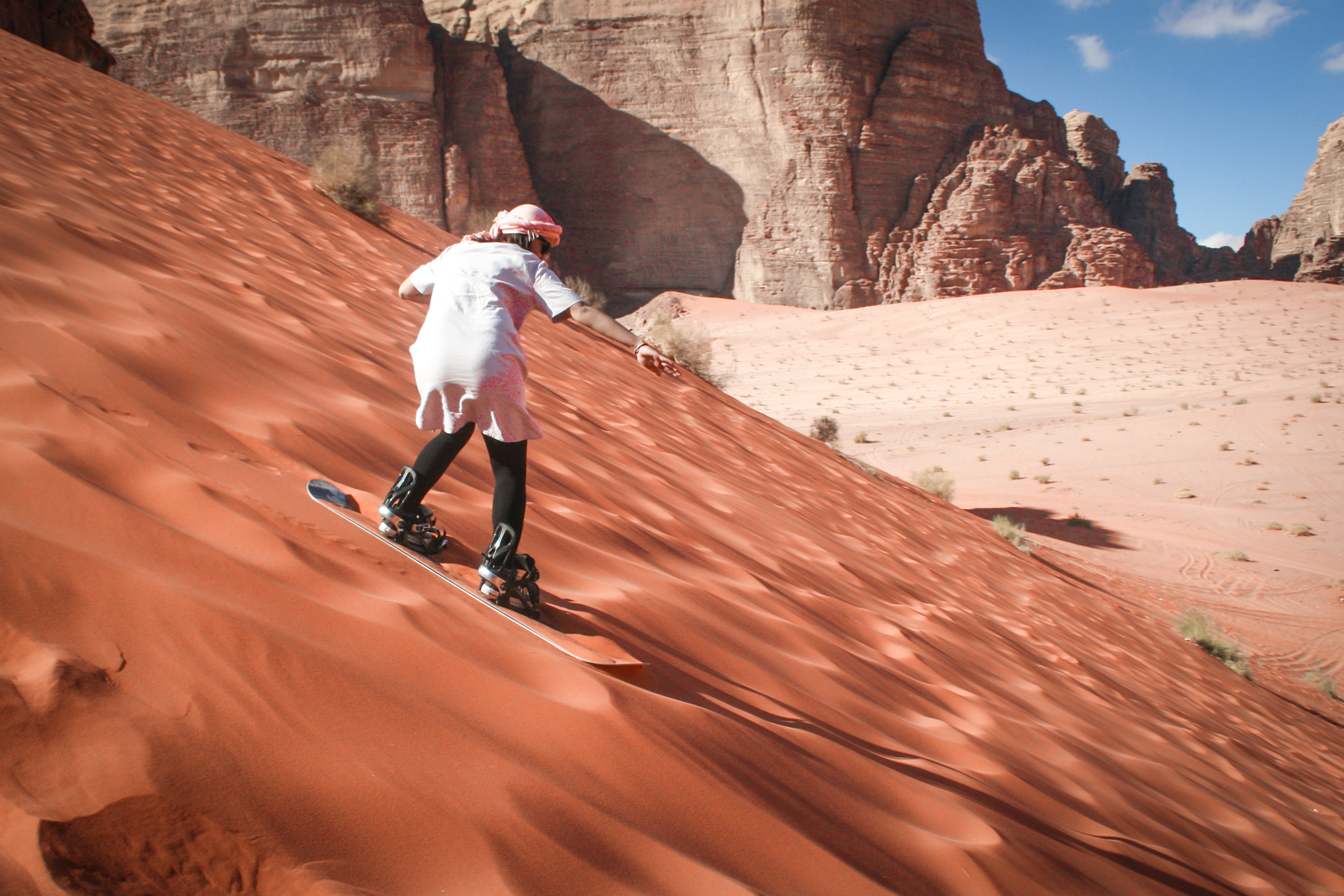The style staples of the Wadi Rum Bedouin tell a story of craftsmanship, culture, and heritage.
As if the desert setting of southern Jordan’s Wadi Rum valley wasn’t dramatic enough—a vast expanse of red sand dunes and sky-high sandstone arches, chiseled siqs and sunsets that become an expressionist painting of red, gold, black, purple, and pink—for the fashion-focused traveler, another highlight is the extraordinary style of some of its most prominent people, the Bedouins.
For centuries the Wadi Rum has been the home of Jordan’s Bedouin, the nomadic people found throughout the Arab world. The Bedouin are traditionally camel herders and are known for being able to survive in water-scarce and unforgiving regions. The Bedouin are also known for their hospitality: Bedouin culture dictates that the last goat of a herd or the last of the coffee beans in a home will be offered to a guest arriving at a tent. But the mystical complexity of the seemingly simple Wadi Rum Bedouin wardrobe is a key component of the culture that is often overlooked. Now, thanks in part to Instagram, people are taking notice of the long, but well-fitted robes called thoabs, color-coded head scarfs called shemaghs or keffiyahs, gorgeous desert coats, and eyes rimmed in black kohl.
Recommended Fodor’s Video
INSIDER TIPThe women of the Wadi Rum dress equally beautifully, with long robes that are embellished with intricate embroidery. But custom and religion dictate modesty. Most women stay at home and even when you are invited into a tent it is never into the women’s side so you are not likely to interact with them much. And as a general rule, a visitor should never take pictures of women: it’s considered indescribably rude. It’s fine to photograph men but always ask for permission first.
Few Wadi Rum Bedouins are still nomadic, setting up the traditional goatskin tents in makeshift camps across the rain deprived and isolated desert. Most have moved to cement houses in the town of Rum where there are schools for their children. Many desert camps that exist today serve tourism, an important source of income for Bedouins today. But many Bedouins still own and herd camels, and despite living in permanent villages most still dress in the traditional style which was developed to suit the harsh and unforgiving desert environment, protecting them from the hot sun of the day, the cool temperatures at night, and the constant blowing sand.
Desert Style Starts With a Robe

The crisp and immaculate floor-length thoab robe (sometimes also called a dishdasha) is a fundamental element of Wadi Rum Bedouin style. Traditionally thoabs are white, but these days they also come in brown, blue, and gray. The loose thoabs absorb the heat, keeping it off the body, and the tunics allow air to circulate. They are made in varying degrees of fabric quality. While the super-posh Bedouin man might have his robe tailor-made out of silk, it can also be store-bought and made from cotton, or a blend of cotton and polyester. In the cooler regions of Northern Jordan, you’ll sometimes see a thoab made from goat’s wool.
But whatever the fabric, the visitor can’t help but marvel at the soft undulation of the robes as the men race across the desert.
Ramzi, a Wadi Rum guide, explained that they can either be store-bought or custom-made by a maternal figure in a remote desert camp. If a thoab is store-bought, it’s often altered. “In most of the cases,” he says, “men would buy their own garment–quality matters–and bring it to someone they trust who would sew the best out of it.”
Caring for clothes is, of course, a key component for the well-dressed. Whether it’s handmade or store-bought, the thoabs are treated like a proud possession and well cared for. They are always worn clean, crisp, and pressed. Even in white, the robes still somehow manage to look flawless in the desert. Meanwhile, visitors will still find the Wadi Rum’s famous red sand trapped in the crevices of their clothes months after a visit to the desert. How they maintain the appearance of their crisp, white robes in the desert without a crease or a stain is truly a secret well kept of the Bedouin style.
A Desert Winter Wardrobe Staple
You might also see some Bedouin men wearing the ultimate desert coat, the farwah. The gorgeous coat is designed to help survive against the cold desert winters. It’s mostly made with colored wool and lined with sheepskin. It’s oversized and floor-length, but effortlessly worn. Both men and women visitors have been besotted with the coat and have taken one home to refashion it as their own winter wardrobe statement piece.
“Mostly the ones found at the market today are commercial ones,” explains Ramzi. “But those interested can buy the 100% handmade with wool and sheepskin but they definitely cost more.” A Wadi Rum guide can lead you to shops in desert villages around the Wadi or to artisans making bespoke coats.
The Ultimate Wadi Rum Accessory

Keffiyehs, or shemaghs, are the recognizable headscarves that act as another key component of Bedouin style. It’s a square of embroidered fabric, folded into a triangle with a point touching each shoulder, then wrapped around the head and face as the essential protection against the elements. The headscarf is draped under the chin to protect against sandstorms or fixed on top of the head for warmth.
Traditionally, shemaghs are also a totem of manhood. As one guide explained, a boy may wear a shemagh but it symbolizes that “you are ready to take responsibility.”
In the Wadi Rum, the colors worn are traditionally red and white.
“Red and white means Jordan,” explains guide Suleiman Hasaseen. But these days, they are worn in a variety of colors. The Wadi Rum Bedouins mix-and-match bold colors of shemagh and thoabs from a Pantone blue and chocolate brown to fuchsia and khaki, and even burgundy and navy blue.
Define the Most Expressive Feature
Another feature of the Bedouin man’s style is the use of kohl pencil around the eyes, a ubiquitous practice that dates back centuries. Kohl can be used by both men and women and can come from various sources. Bedouins typically use a mixture of coal, herbs, and olive oil, a combination that helps soothe the eyes against the desert elements. In the desert, the kohl acts as a protector from the heat and glare of the sun, and it’s also applied to ward off eye infections and conjunctivitis from dust and sand. One Bedouin man said it even makes eyelashes grow longer (which can offer further protection against the elements).
Not only is the Bedouin style fashion-forward against the stunning desert landscape, but each and every item is worn for its design and functionality.



